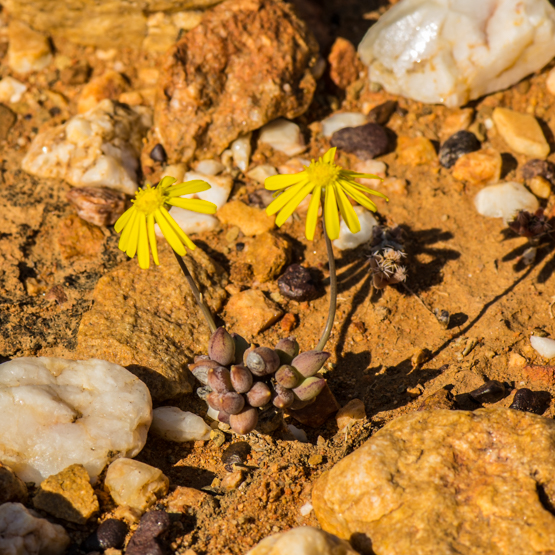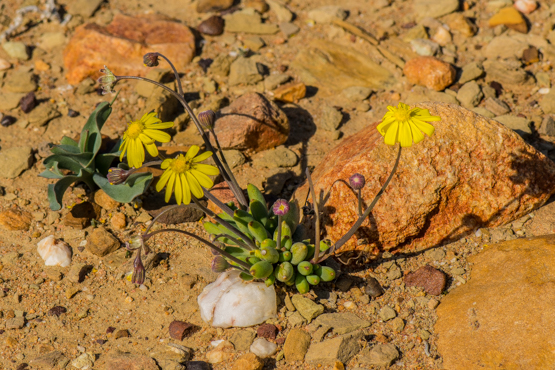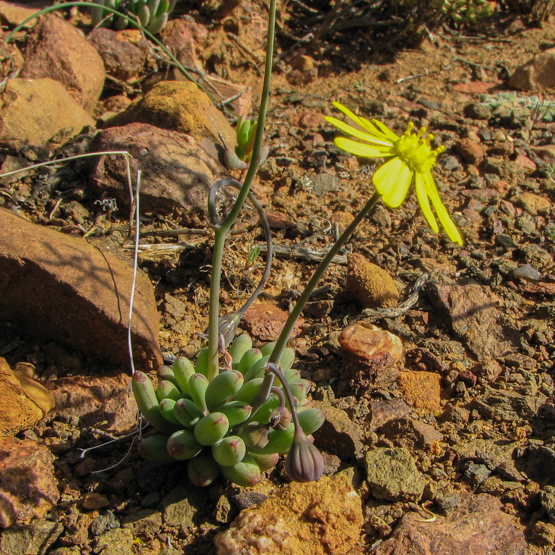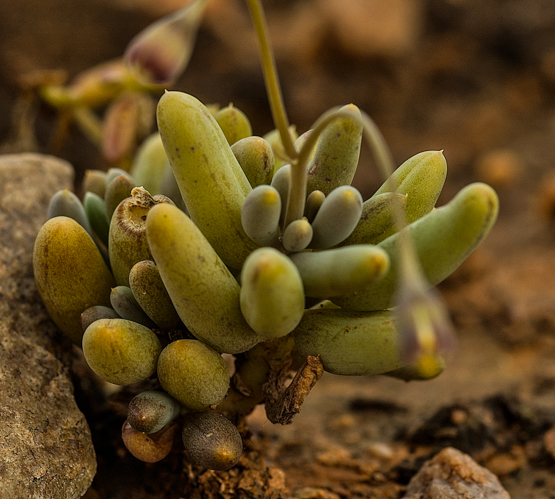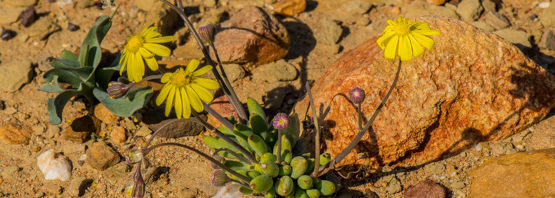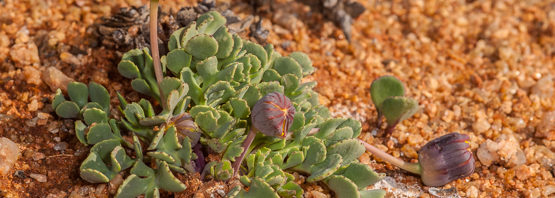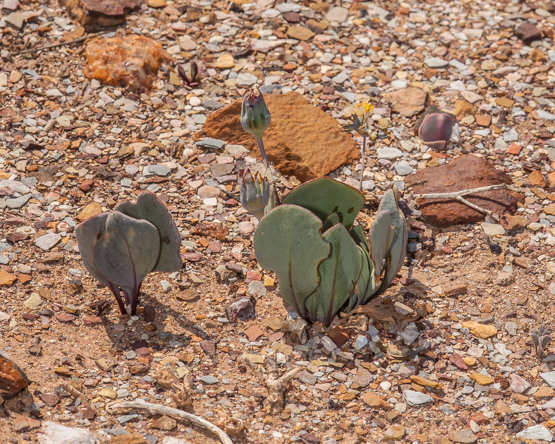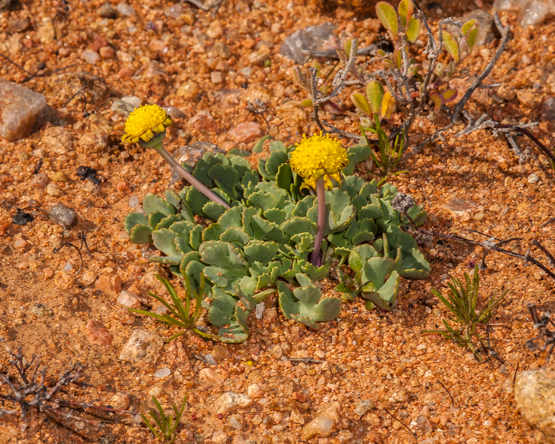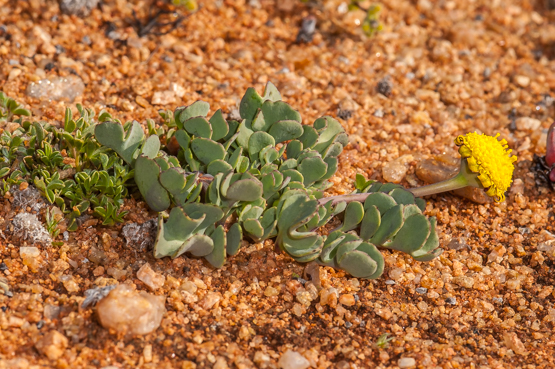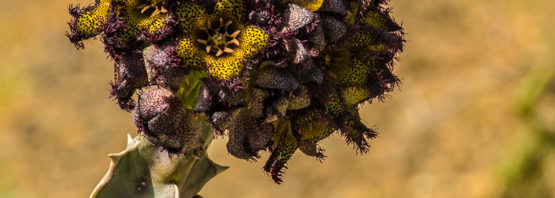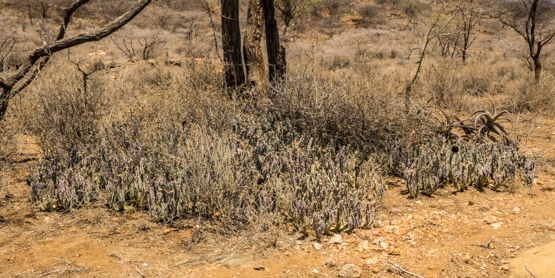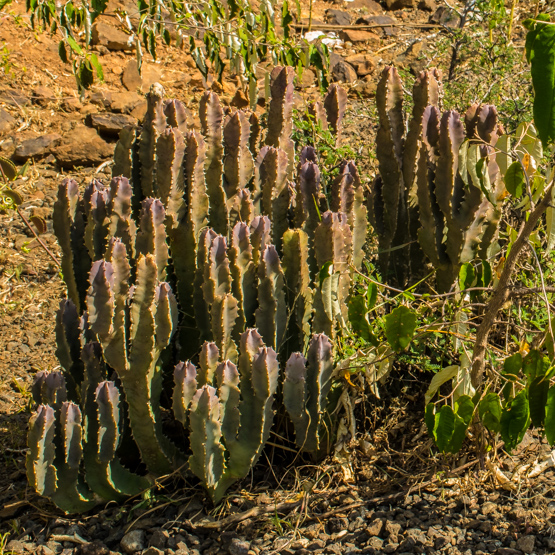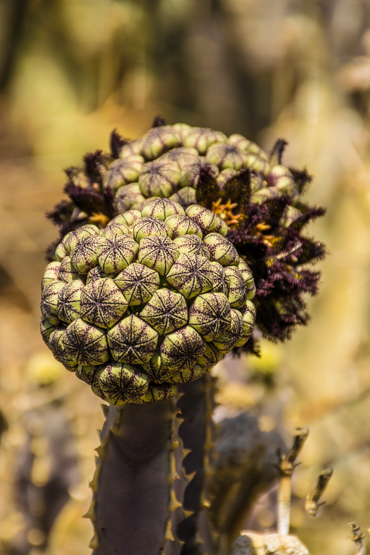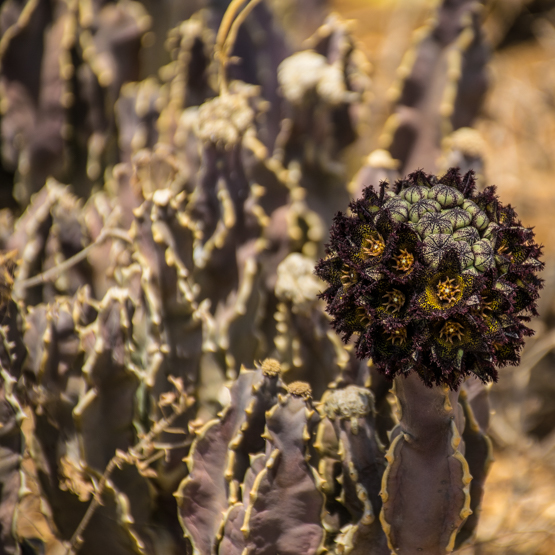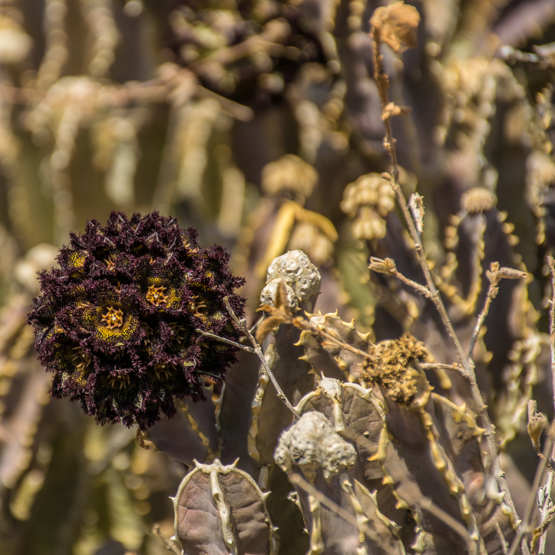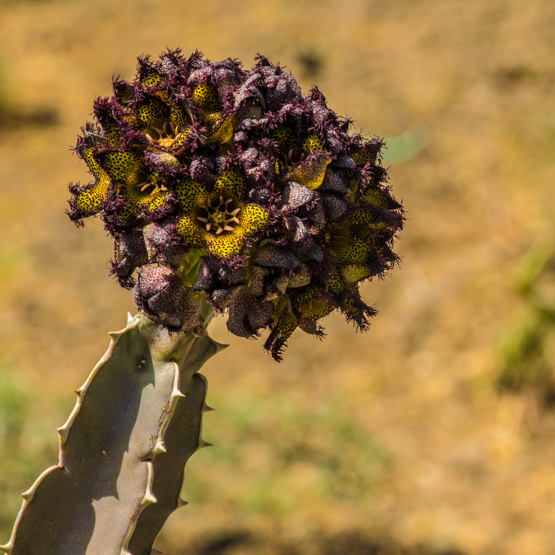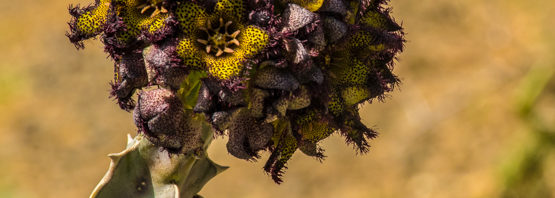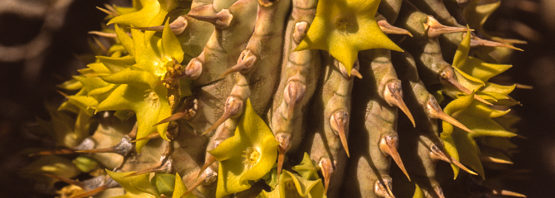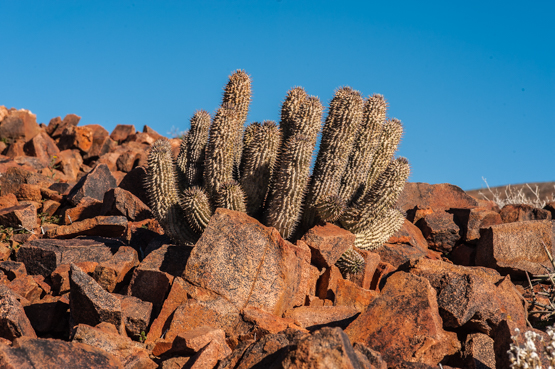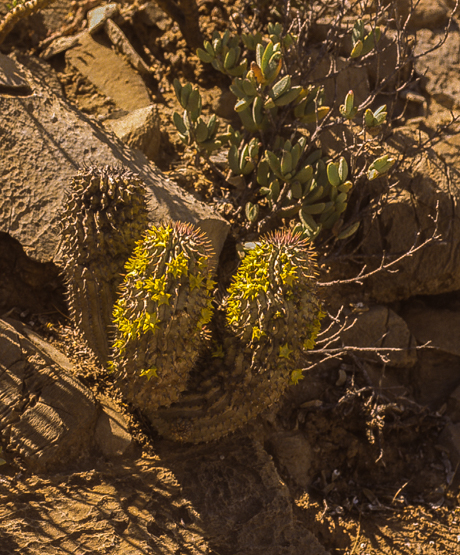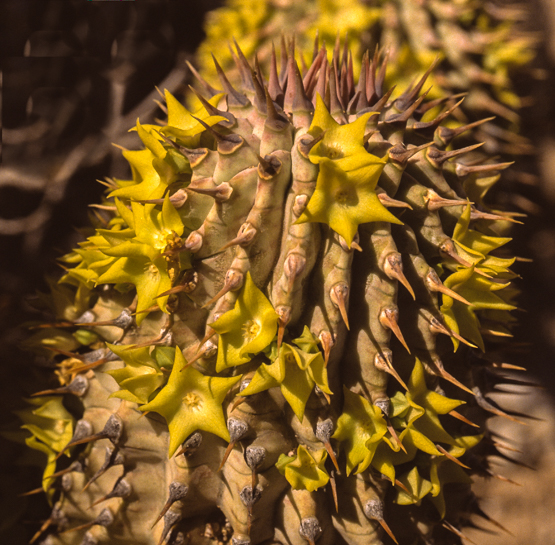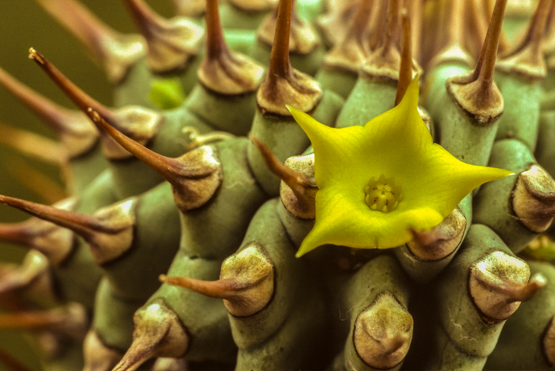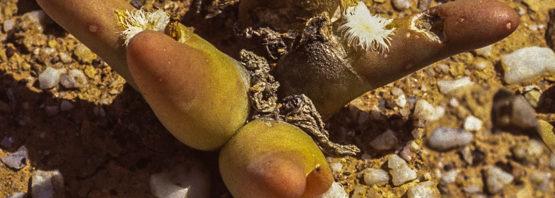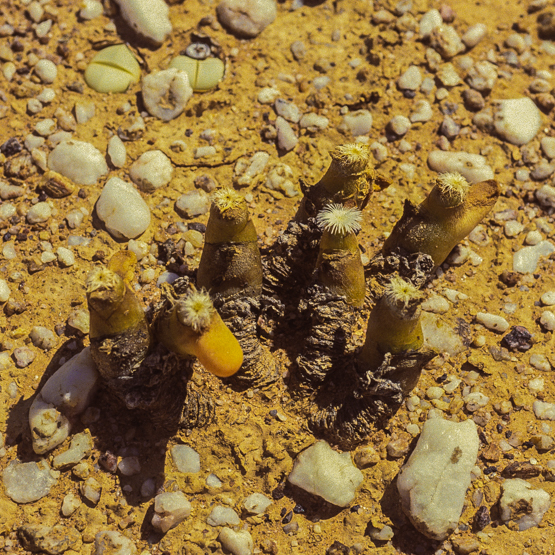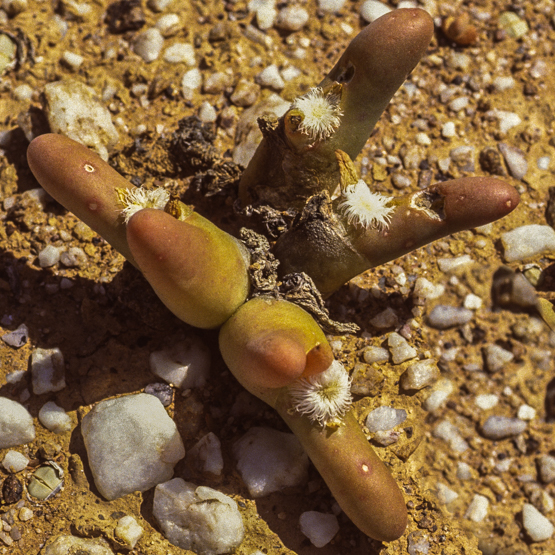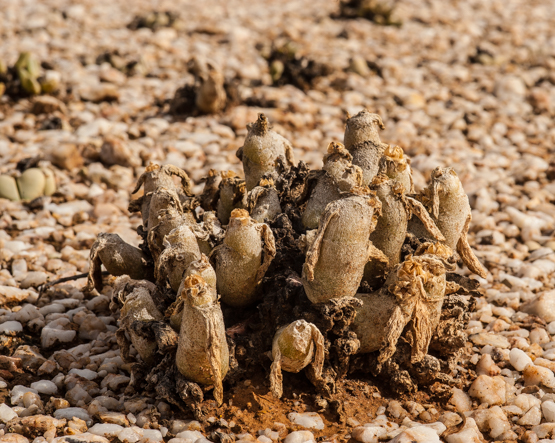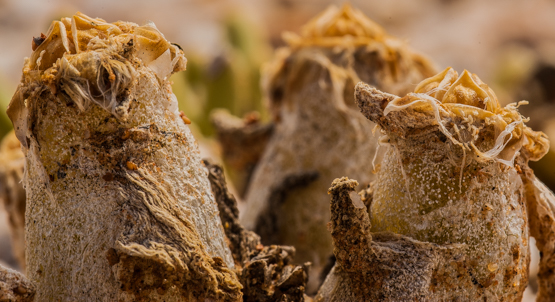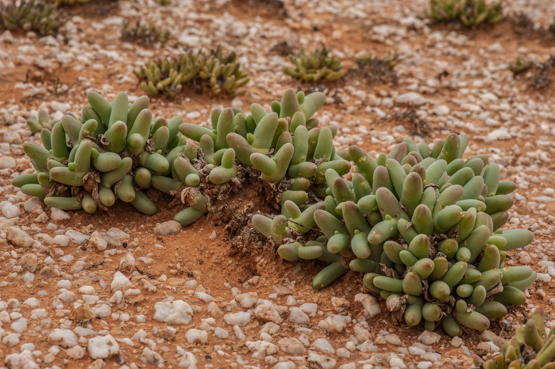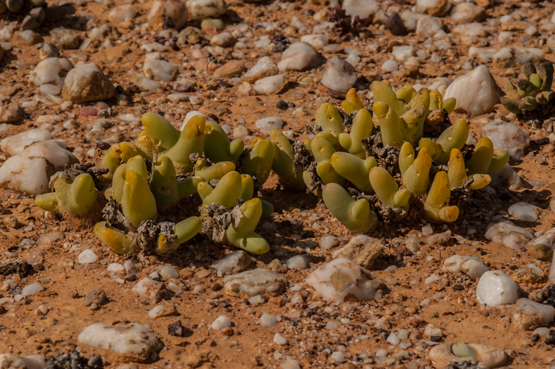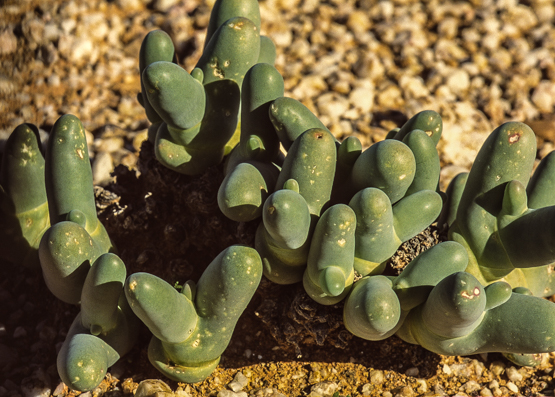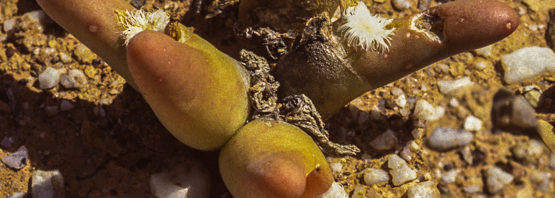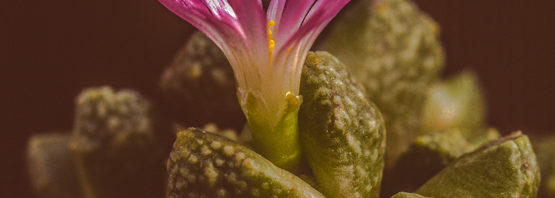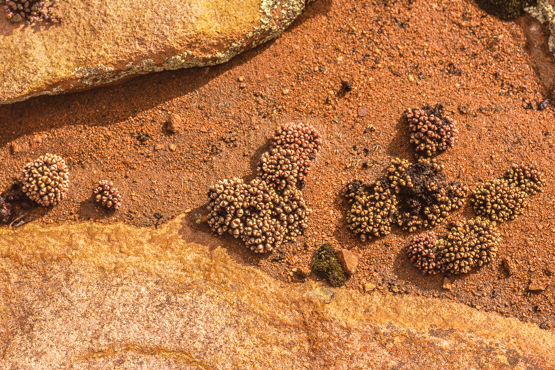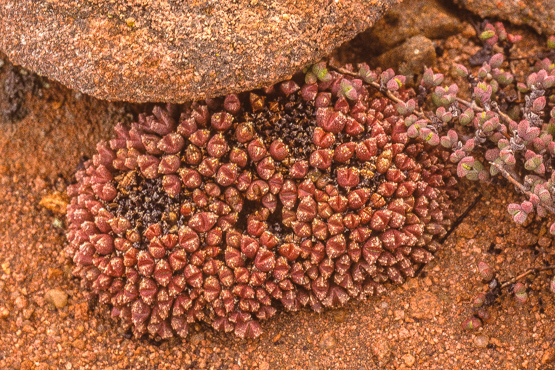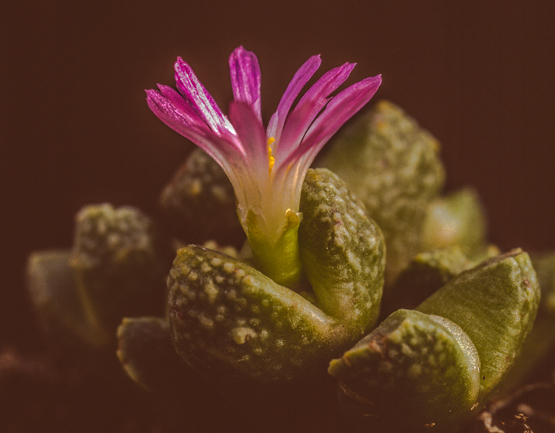Since its publication in 2000, “Cape plants” by J. Manning & P. Goldblattt has been one of my main sources of information on plants of southwestern South Africa. In 2012 a new edition was published, with the somewhat unwieldy title “Plants of the Greater Cape Floristic Region 1: The Core Cape Flora”. At the same time a companion volume appeared covering the flora of Namaqualand-southern Namibia and the western Karoo, called “Plants of the Greater Cape Floristic Region 2: The Extra Cape Flora”, edited by D. A. Snyman.
I acquired this set recently and am enjoying the great amount of new information.
One of the first things I did was looking at slides of plants I have not been able to identify yet and, as expected, this has already produced some ID’s. A peculiar thing I found out is that, where a species is mentioned in both volumes, the info is not always consistent. The subject of this blog is a case in point.
When identifying plants of the genus Othonna, one of the most important questions is whether the flower heads are disciform or radiate.
In the first case, all the little flowers in the flower head look more or less the same; in the second case, the flowers along the margin of the head resemble normal petals.
Pictures are usually easier to understand: the flower heads of the first species below (Othonna euphorbioides) are disciform; the ones of O. carnosa are radiate.
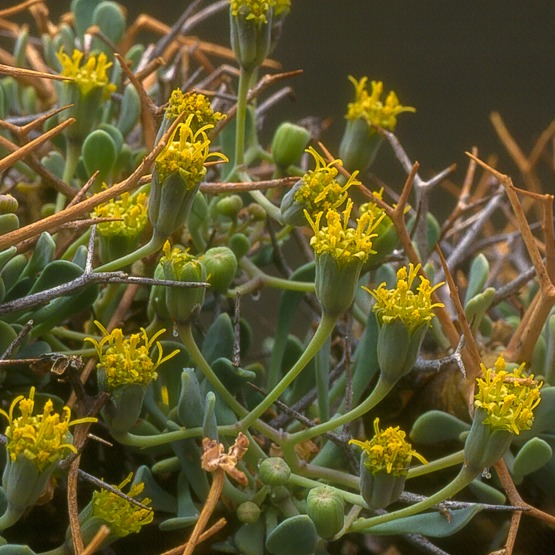
When I went through the text in my new acquisition, to see if I could identify the following pictures, I came across the name Othonna carnosa with the following info:
“Succulent shrublet with short, erect or sprawling branches, 10-30 cm. Leaves fleshy, ovoid to fusiform (egg- to spindle-shaped FN). Flower heads radiate, few in lax, terminal cymes on slender peduncles, yellow or white. Flowering mainly April-October. Sandstone slopes and stony flats. ”
Strangely enough, when I checked the description in Volume 2, some of the information appeared to be different: “Flower heads solitary , disciform , yellow.”
The first two pictures below were taken at the same place, with a few minutes in between. As you can see, in the first picture the flower heads are solitary, and in the second the peduncles are divided.
The disciform/radiate and yellow/white questions still remain to be answered, but I am now convinced that the following pictures show O. carnosa.
